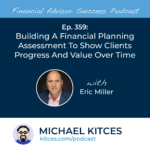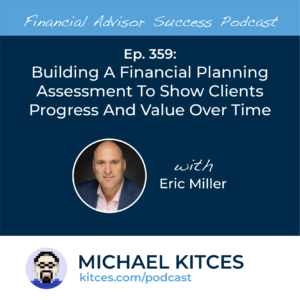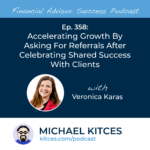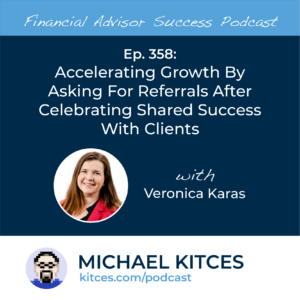In the depths of the COVID-19 pandemic, many small businesses such as restaurants, entertainment venues, and retail stores experienced cratering revenues, either due to government lockdown orders that forced many non-essential businesses to temporarily shut their doors, or simply due to lack of demand since many of their customers decided to stay at home out of an abundance of caution. To stave off a wave of business closures and a subsequent surge in unemployment, the U.S. government designed a number of small business relief packages to incentivize companies to keep workers on their payrolls. One of these was the Employee Retention Credit (ERC), a tax credit that eligible small businesses could take against their employment taxes.
Although it was initially overshadowed by other relief measures such as the Paycheck Protection Program (PPP), more recently, the ERC – which technically ended after 2021, but which businesses have until as late as April 15, 2025, to claim – has attracted attention due to a pop-up industry of ERC vendors who purport to help small businesses claim the credit. The caveat is that many of these vendors encouraged businesses to apply for the ERC even when they weren't eligible, and the resulting wave of questionable ERC applications has caused the IRS to scrutinize businesses' claims of eligibility for the credit. As a result of this attention, advisors are seeing an uptick in questions from their clients – and may have questions about their own businesses – regarding whether or not the ERC is really legitimate, who can actually claim it, and whether it's worth pursuing either way.
While the ERC is indeed legitimate, determining eligibility is complex largely due to its phased implementation across 4 separate 'phases' spanning most of 2020 and all of 2021. Each phase has slightly different rules about who can claim the ERC and how the credit is calculated. Businesses need to determine their eligibility for the ERC and the amount that they can claim on a quarterly basis, adhering to the specific rules of the 'phase' in which each quarter falls since these rules can shift from one quarter to the next!
In general, businesses can apply for the ERC if they were forced to partially or fully suspend their operations due to a government order, or if they experienced a "significant decline in gross receipts" between March 13, 2020, and September 30, 2021. A business could also qualify as a "recovery startup business" (as long as the business started after February 15, 2020, had annual gross receipts of under $1 million, and didn't otherwise qualify under the other criteria), which would allow it to claim the credit for the last 2 quarters of 2021. The credit itself is calculated as a percentage of the "qualified wages" paid to employees. Notably, many of the criteria used to determine the credit – including what constitutes a "significant decline in gross receipts", what is included in "qualified wages", and what percentage of qualified wages is used to calculate the credit – vary for different time periods, as well as for different sized businesses.
The key point is that, unlike the claims of many ERC vendors, determining a business's eligibility for the ERC is by no means a simple process and generally requires the expertise of a tax professional. And yet, many ERC vendors are not tax professionals themselves, often shifting the liability of complying with the complex eligibility requirements onto the business (even while the ERC vendor collects a substantial portion of the business's ERC as fees for itself). Financial advisors, then, can help by serving as an advocate for business owner clients, helping them preliminarily determine whether they may or may not qualify for the ERC and directing them to an expert tax professional to help them make the final decision of whether or not to claim it. Which has value even if the client isn't ultimately eligible, since the headache of applying for the ERC and being later found ineligible by the IRS could be far worse than not applying for the ERC in the first place!









